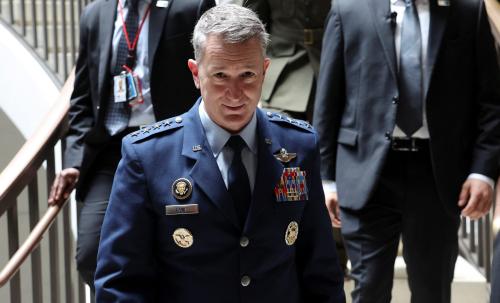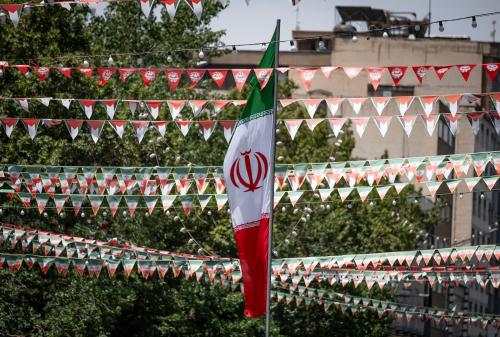Introduction
How to tell if a counterinsurgency campaign is being won? Sizing the force correctly for a stabilization mission is a key ingredient – and it has been the subject of much discussion in the modern American debate. But in fact, there is no exact formula for sizing forces. Even if there were, getting the numbers right would hardly ensure success. Troops might not perform optimally if poorly prepared for the mission; the security environment might pose too many daunting challenges for even properly sized and trained forces to contend with; indigenous forces might not be up to the job of gradually accepting primary responsibility for their country’s security themselves; and the politics of the country in question might not evolve in a favorable direction due to the actions of internal or external spoilers. So to know if we are being successful, we must also track and study results on the ground.
In conventional warfare, identifying the momentum of battle is a fairly straightforward undertaking. Predicting ultimate outcomes is still very difficult, but determining who is “ahead” at a given moment is usually feasible. Movement of the frontlines, attrition rates, industrial production of war materiel, and logistical sustainability of forces in the field provide fairly obvious standards by which to assess trends. But counterinsurgency and stabilization operations – like the ones in Iraq and Afghanistan – are different, and more complex. They also appear to be the future of warfare. How do we measure progress in such situations?
This question is crucially important. Only by tracking progress can we know whether a strategy is working. And only by examining a range of indicators can we determine how to adjust a strategy that may require improvement. For example, a counterinsurgency effort in which violence is the central challenge facing a country will presumably demand different policy responses than would a mission in which economic stagnation, or poor quality of life for citizens, or political paralysis in a nation’s government, presents the chief dilemma. In many cases all such problems will present themselves, and all must be addressed at some level – but it is unrealistic to think that all can receive equally rigorous and well-resourced responses. Priorities must be set. Metrics can help in determining what they should be.
Assessing progress is also important because the perception of progress has an effect on the sustainability of the war effort. The theory of victory for insurgents fighting the United States and its allies is not to defeat their better equipped foe on the battlefield. It is to unequivocally demonstrate their capacity to fight a war of attrition indefinitely and then wait for political support for the mission to collapse on their enemies’ home fronts. To counter this strategy, the United States and its allies must be able to demonstrate progress or at least the reasonable expectation of progress throughout the campaign. Given the political importance of measuring progress and the very limited set of agreed-upon benchmarks, the question of metrics has become deeply controversial.
How to use metrics in the coming debate over whether the United States and its partners are succeeding in Afghanistan? To answer this question, it is important to examine the historical record for Iraq, in part because of the familiarity many readers will have with that case, and in part because the Iraq case illustrates the need for humility in applying metrics to any counterinsurgency. Such an examination yields three overall conclusions relevant to Afghanistan:
- Unlike the case of Iraq, where trends in violence were the most important metrics for much of the war, Afghanistan presents a situation where the most important metrics are those that gauge progress in the capacity and viability of the government. Put differently, metrics are probably most important for evaluating efforts at state-building.
- Unfortunately, this conclusion suggests that metrics will not be up to the job of diagnosing clear and incontrovertible proof of progress or lack thereof in Afghanistan. Figuring out which indices are most informative regarding the state-building task is hard; making reliable measurements for whatever indices are selected is even harder. Knowing how long it should reasonably take to expect progress is also very challenging, though it is fair to say that patience will be required to assess the effectiveness of the new strategy (well into 2010 if not beyond).
- As such, even more so than in Iraq, using metrics in Afghanistan is more art than science and is very sensitive to local context. Quantitative data are very important as grist for debate, and for constraining debate within factual boundaries; they are generally not adequate to reach definitive judgments. Even if measuring progress is an art, it will benefit (more than some forms of art) from a degree of precision and rigor.
The Brookings Institution is committed to quality, independence, and impact.
We are supported by a diverse array of funders. In line with our values and policies, each Brookings publication represents the sole views of its author(s).



Commentary
How to Measure the War
October 1, 2009